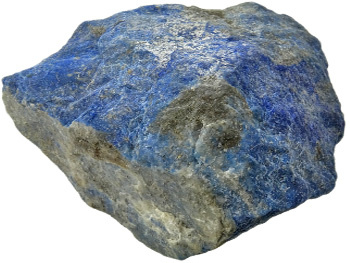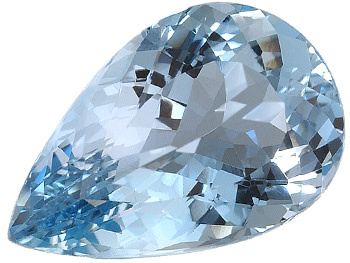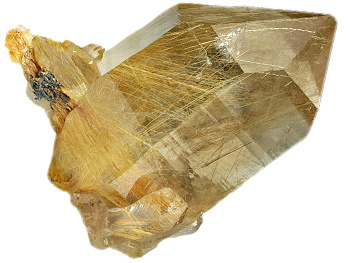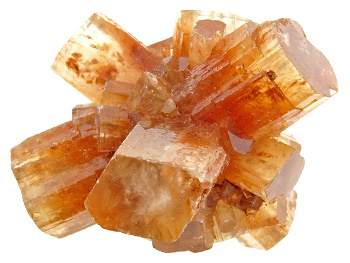What is the difference between minerals, crystals and (gem) stones?
- Posted on
- By Bart Verboven
- Posted in crystal, gemstone, Mineral, precious stone, rock, stone

What is the difference between a mineral, crystal and (gem) stone? Are all crystal stones and when is it a gemstone? We answer these and other questions in this blog.
Table of Contents
- What's the difference?
- What is a crystal?
- What is a mineral?
- What is a stone or rock?
- What is a gemstone?
- What is the difference between minerals and crystals?
- Can crystals contain multiple minerals?
- What is the difference between minerals and gemstones?
- What is the difference between minerals and stones?
What's the difference?
What is the difference between minerals and gemstones and when is it a regular stone or a crystal? There are differences between gemstones, crystal minerals and ordinary stones. However, one does not have to exclude the other and in some cases it can be all four. So where exactly is the difference? We're going to try to explain that. To properly understand the differences, let's first look at the definitions.
What is a crystal?

A crystal is any solid that has an organized structure. That means that the atoms are at very precise distances and at very precise angles from each other to form a crystal. Read more about how crystals are formed in our blog: How do crystals form and look for examples of crystals on our crystal page.
What is a mineral?

Minerals are inorganic, naturally occurring substances that have a crystalline structure. With this we actually say that you speak of a mineral if it occurs naturally (i.e. not man-made) and contains no organic substances. Also, every mineral is automatically a crystal. Furthermore, a mineral always consists of 1 substance. More than 2000 minerals are known and each has its own chemical composition and crystal structure. Minerals are identified by seven properties:
- Color
- Gloss
- Hardness
- Stripe color
- Fission
- Fracture plane
- Crystal shape
What is a stone or rock?

We speak of a rock if it is a fixed combination of more than one mineral formation that occurs naturally. So actually a stone always contains several minerals and has a natural origin. A well-known and popular rock is Lapis Lazuli. Rock has three main groups:
- Igneous rock, this is formed by the solidification of magma released by volcanoes.
- Sedimentary rock formed by the precipitation or settling of sediment such as sand, gravel or clay.
- Metamorphic rock that is formed by the growth of minerals that grow in the rock under pressure or temperature.
What is a gemstone?

Gemstones are stones which are used for jewelry or decorative objects. Gemology looks at the following properties:
- Beauty: how clear is the stone, how does the light refract and what color is the gemstone.
- Sustainability: how hard is the stone, how does it split and how resistant is the stone to chemical agents.
- Rarity: how often does this stone occur in nature.
What is the difference between minerals and crystals?

We already read that every mineral is automatically a crystal. But not every crystal is a mineral. This has to do with the fact that not every crystal meets the conditions to be a mineral. For example, you have sugar crystals. This is an organic substance and therefore cannot be a mineral. Just like ice crystals (snowflakes) or nanocrystals made by man (not natural). Popular crystals of 1 mineral are: rock crystal, amethyst, citrine, calcite and ruby.
Can crystals contain multiple minerals?

As we saw in the description of a mineral, it can only consist of 1 substance. However, a crystal can consist of several substances (and therefore also minerals). To complicate matters, two different minerals can have the same chemical formula with different crystal structures. For example, both calcite and aragonite have the same chemical formula (CaCO3). However, they both form very different crystals. In this case you speak of a polymorph. Other known polymorphs are Kyanite and andalousite (chiastolite) and Diamond and graphite.
What is the difference between minerals and gemstones?

Both minerals as gems have their own science. The science of minerals is called "mineralogy" where gemology is a branch of mineralogy. Gemstones always have a mineral origin (except amber and jet) and are turned into gems or jewelry by grinding or polishing. Minerals can also be gemstones, but not all minerals are. There are minerals that are not suitable for processing at all. A gemstone can also consist of several minerals, but a mineral can never consist of more than 1 substance. Of the more than 2.000 known minerals, only 200 are used as gemstones.
What is the difference between minerals and stones?

A mineral exists of 1 solid inorganic substance while a rock consists of several minerals and can also contain organic substances. A mineral consists of 1 chemical composition and is classified according to the way the crystals grow. Because a stone can consist of several minerals, this classification is not convenient. For stones, we look at the way in which it is formed. Many stones are mined to extract minerals from, like gold or diamonds. These stones are known as ore. Most of the stones on earth contain the minerals quartz, feldspar, mica, calcite or epidote.
Look for our range of stones, crystals and minerals on our Mineral page. Here you find stones, crystals and minerals.
